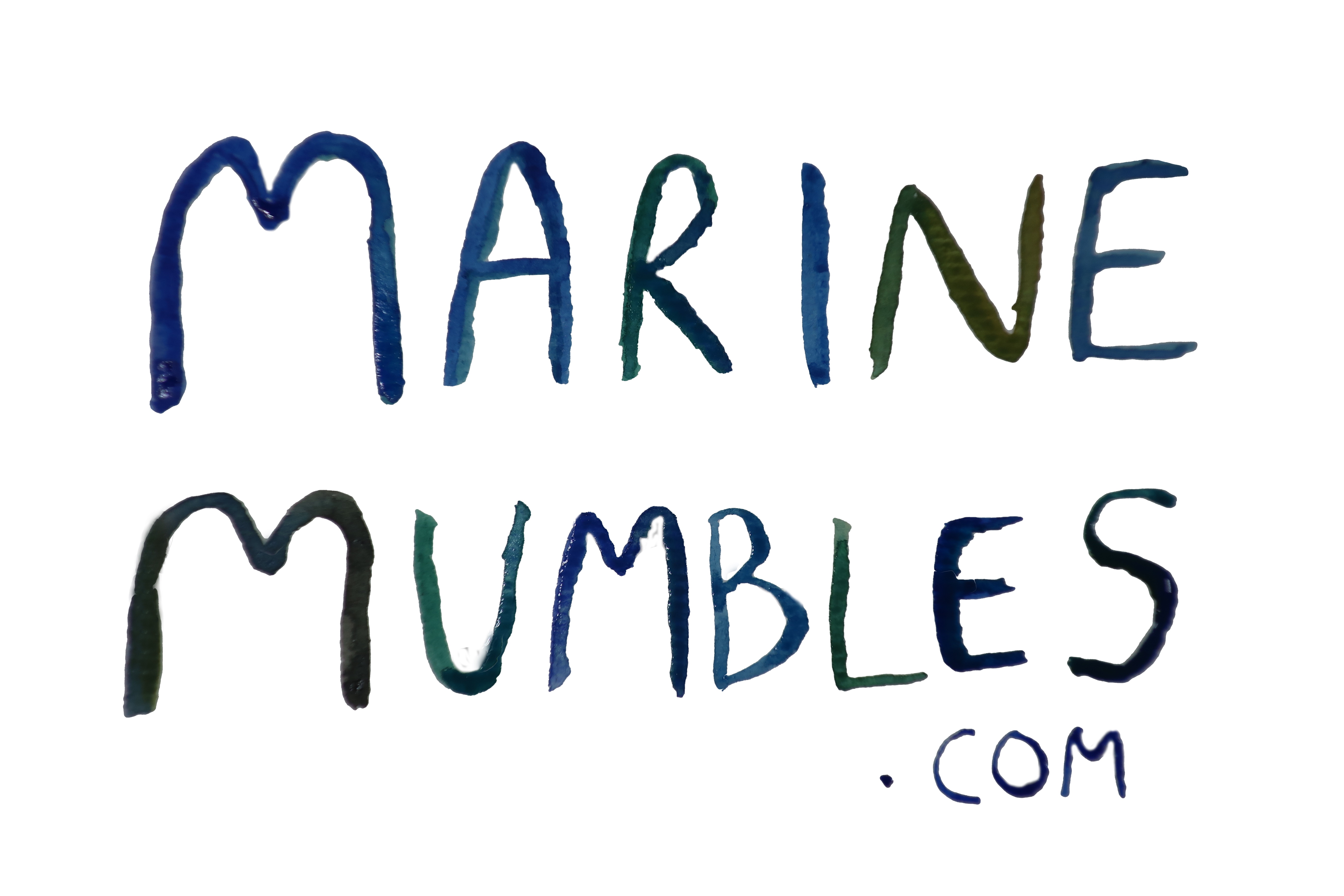*MYSTERY SOLVED IN 20 MINS – Thanks to the power of twitter and (@AdamNJenkins), there has been a paper published describing these green blobs! Scroll down for the original post with a bit of information on the species responsible for these mini-alien looking blobs*
Has anyone else ever been on the beach and seen these green blobs attached to rocks or sand?! Well I have seen these on lots of beaches, including the sandy Minster Beach on the Isle of Sheppey where I grew up and most recently at Oxwich Bay in Wales where I took the below photograph.
I chose to write this post today because being Easter there have been a lot of egg posts around (and I thought this was a great way to jump on the bandwagon), but also because its recently been bugging me that I don’t know what these are. Growing up I assumed they were some type of fish egg, but my googling of ‘green blobs beach’ never helped me to find out what they were. But actually after some discussions they actually look more like bundles of polychaete eggs. So of course I turned back to the trusty google, and with the words ‘green blobs polychaete eggs’ I hit the mark. There are photos and blog posts from other curious beach goers about what these blobs were. There are photos from Rhosilli Bay and all around the UK with these little blobs of green obviously sticking in people’s minds to want to know what they are too.
Almost every photo posted online is labelled as polychaete eggs of the small 5-15cm bright green worm Eulalia viridis (illustrated above). This is a pretty common species around the UK although not much is known about them. But if you have the patience to pick up a few rocks and investigate what lurks on the bottom of them up, eventually you will come across this species. However, there doesn’t actually seem to be any literature describing these ‘green blobs’ or what species produces them. Thats probably not surprising though, not many papers would have ‘green blobs’ described. This species is defiantly the best guess, and maybe there is literature out there I just haven’t found it on my mini-investigative session. I have an ever growing collection of old marine ID guides, so maybe as I work my through reading those I will come across them some description in there.
In the mean time I am still extremely curious so please if anyone knows for sure tweet me @marinemumbles or email me ([email protected]) any more information. Thanks for reading, and hope everyone has had/haves a lovely Easter Weekend. Happy rockpooling!!!

